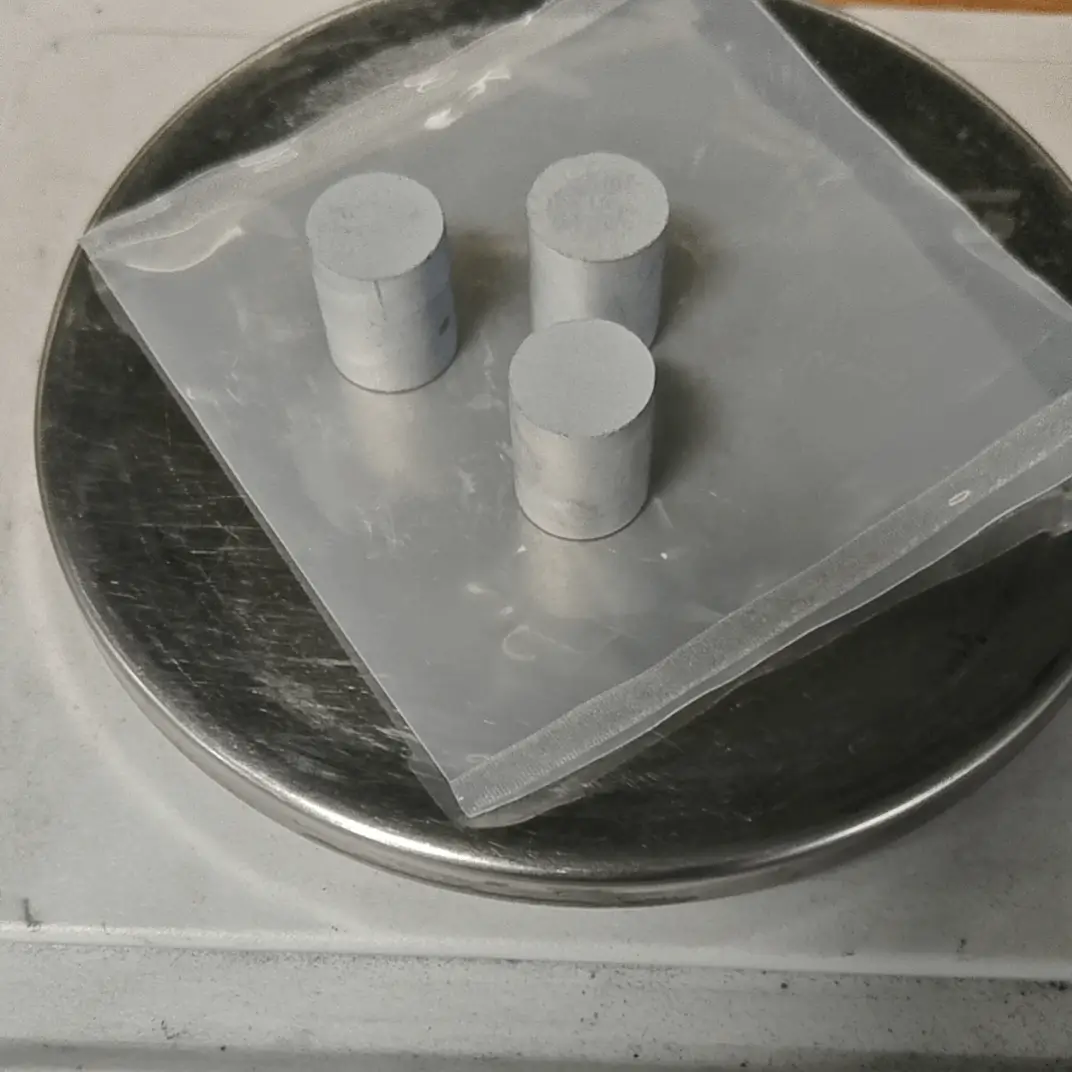Fancymetal offers high purity (customizable) metal products, as well as oxides, product shapes, foils, plates, wires, tubes, rods, powders and a variety of custom shapes.
We also have other osmium products:
Osmium Powder
Osmium Oxide
Osmium, a heavy platinum group metal, is the densest metal element known.
Osmium is found in osmium-iridium ore. The solid containing osmium is roasted in the air, and the volatilized osmium tetroxide is absorbed by an alcohol-alkali solution to obtain osmate, which is then reduced with hydrogen to obtain metallic osmium. It can be used to make alloys with ultra-high hardness.
Chemical properties:
Osmium is the densest known metal element, with a density of 22.59g/cm3, a melting point of 3045℃, and a boiling point of above 5027℃. Hexagonal dense lattice.
Gray-blue metal, hard and brittle, can easily turn into powder when pounded in an iron mortar. Osmium powder is blue-black, and osmium metal powder can spontaneously combust. The vapor of osmium tetroxide is highly toxic and can strongly irritate the mucous membrane of the human eye, causing blindness in severe cases.
Metallic osmium is very stable in the air, and powdered osmium is easily oxidized.
Applications:
✔Osmium can be used as a catalyst in industry.
✔If a little osmium is added to platinum, an osmium-platinum alloy scalpel with high hardness and sharpness can be made.
✔Osmium and a certain amount of iridium can be used to make an osmium-iridium alloy.
✔The use of osmium Osmium and its alloys are mainly used as catalysts in the petrochemical industry.
✔In the electronic and electrical industry, it is used as resistors, relays, spark plug electrodes, electrical contacts, thermocouples and printed circuits.
✔In the glass industry, osmium will not pollute molten glass and can be used as a container lining when making optical glass.
✔Osmium-iridium alloys can be used as bearings in clocks and instruments, and to make pen tips and styluses.
✔Used to make high-hardness alloys.
Advantages:
✔ Strict quality control of raw materials, process control and pre-delivery processes.
✔ Strong technical capability makes it a reliable long-term supplier.
✔ Technical support: 24 hours technical support by email or phone.
History:
In 1803, French chemist Collet-des-Gotti and others studied the slag after platinum ore was dissolved in aqua regia. They announced that there were two new metals in the residue that were different from platinum and were insoluble in aqua regia. In 1804, Tainard discovered and named them. One of them was once named ptenium, and later changed to osmium (osmium), and the element symbol was set as Os. Ptenium comes from the Greek word "volatile", and osmium comes from the Greek word osme, which originally means "stinky". This is because the melting point of osmium tetroxide OsO4 is only 41℃, it is volatile, and the gas has a pungent odor.

